Coffee cup test steps | how to test and score a cup? correct cup test cupping method flow
Cup test
Coffee Cupping/Coffee Tasting
Before raw coffee beans are sent to all parts of the world, cup tests will be carried out by coffee farmers' associations or refining factories in the producing areas, that is, to try to confirm the aroma and taste of beans, to judge the flavor and taste of coffee, and to identify the quality of a type of coffee. it's a very scientific method.
Before the raw coffee beans are sent to all parts of the world, they will be tested by the coffee farmers' association or the refining factory of the producing area, that is, they will try to confirm the aroma and taste of the beans, classify them again, and ship the goods only after the cup test is completed.
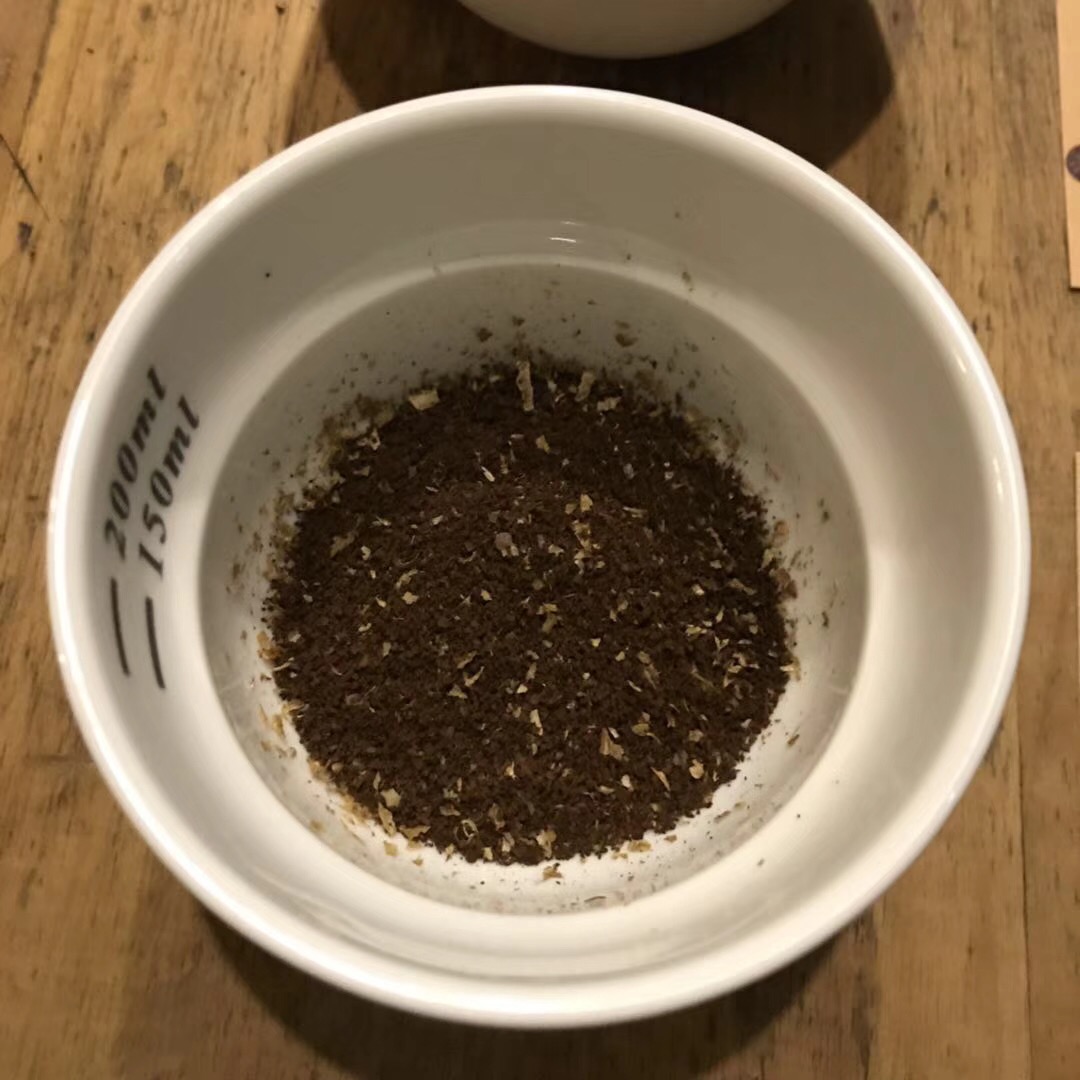
What do you need for a cup test?
The tools needed for cup testing are simple: bean grinders, scales, thermometers, cups, spoons, and the ratio of coffee beans to water are also specified:
Water ratio: 8.25g coffee beans with 150ml water, the water temperature should be 92.2C-94.4C
Cup test cup: toughened glass or ceramic materials should be used
Cup test capacity: between 207ml and 266ml
Cup height: 3 to 3.5 inches
Mouth diameter: 76-89mm, all cups should be made of the same volume, size and material, with a lid.
Cup test spoons: to use antistatic metal material (mostly stainless steel), each spoon capacity can have 4-5ml.
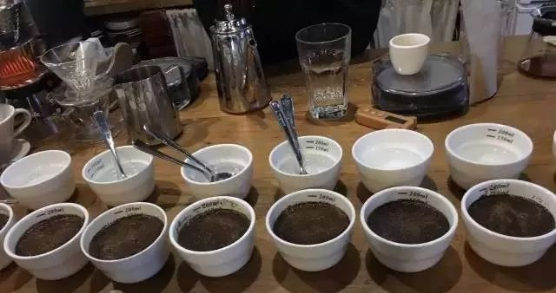
cup test procedure
Step1-Water injection, soaking: brewing and grinding various coffee beans (preferably within 24 hours of baking beans), grinding coffee to a coarse powder, putting the ground coffee powder (particles) into the cup, shaking the coffee powder in the cup, smelling the dry aroma of coffee, according to the ratio of 8.2-8.3 grams of powder to 150 ml of 94 degrees hot water in the cup, letting the coffee soak for 3-4 minutes until the coffee residue shell is formed;
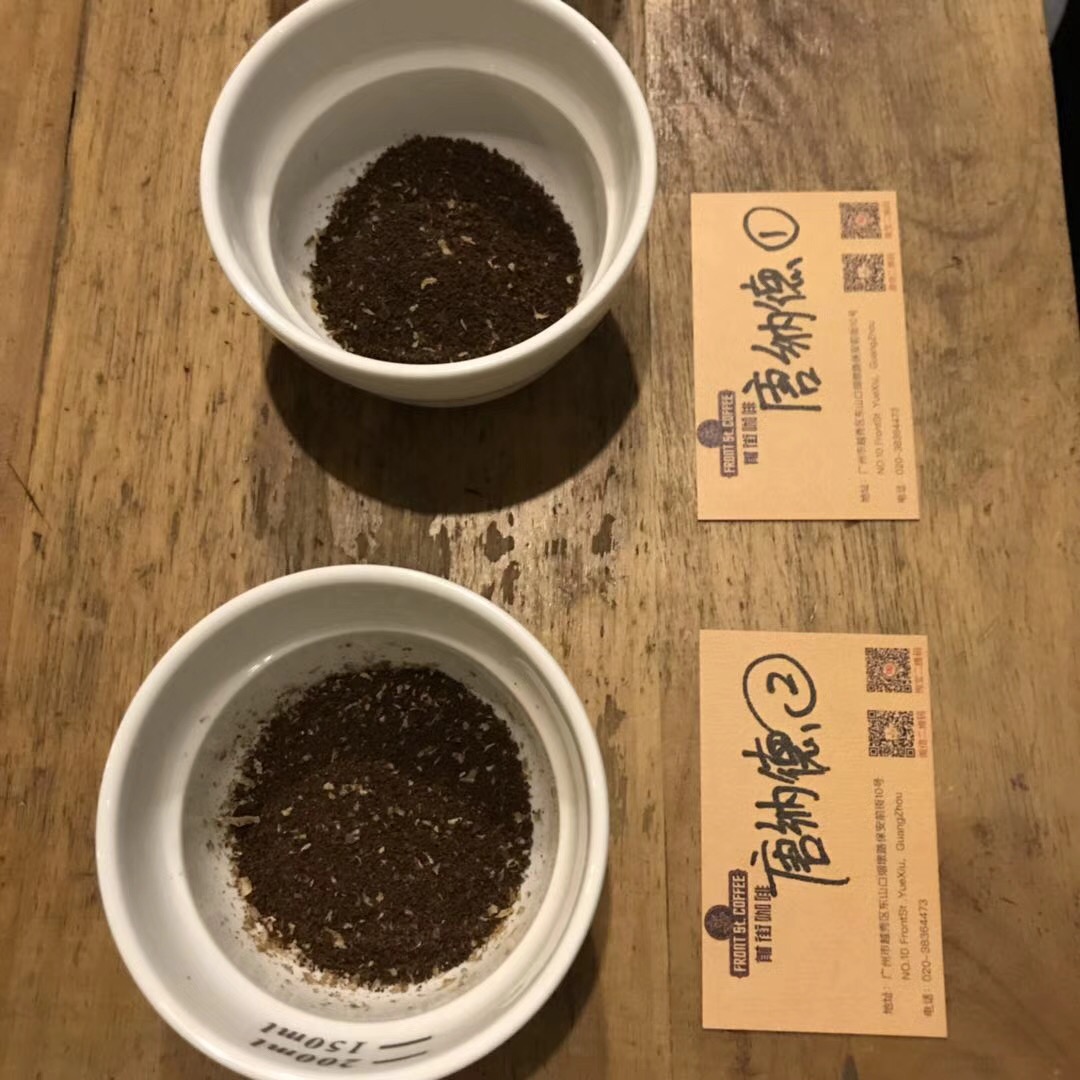
Step 2-smell Aroma after 2 minutes: wet fragrance is the intensity of the smell when brewing coffee. Some subtle and delicate differences, such as the characteristics of "flower" or "wine", come from the wet aroma of brewing coffee.
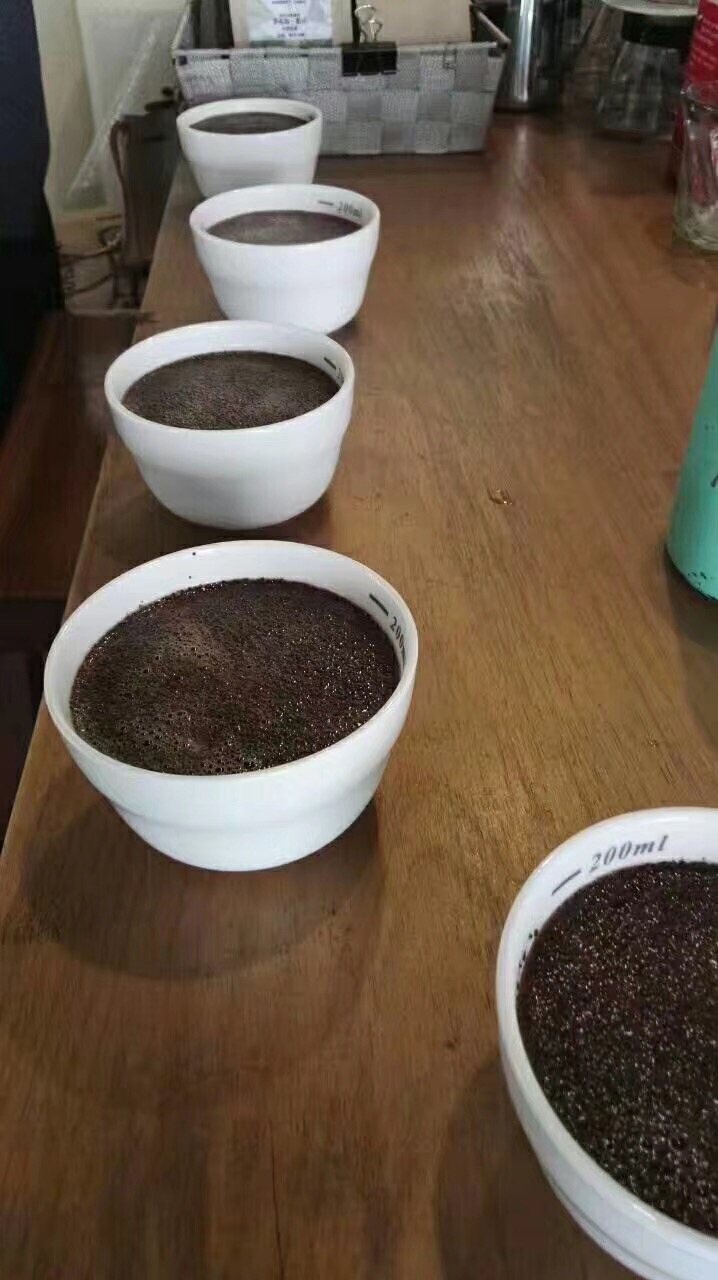
Step 3-broken residue: stir three times on the surface of the cup with a spoon, skim off the foam and dregs, and you can start to taste the coffee with a spoon.
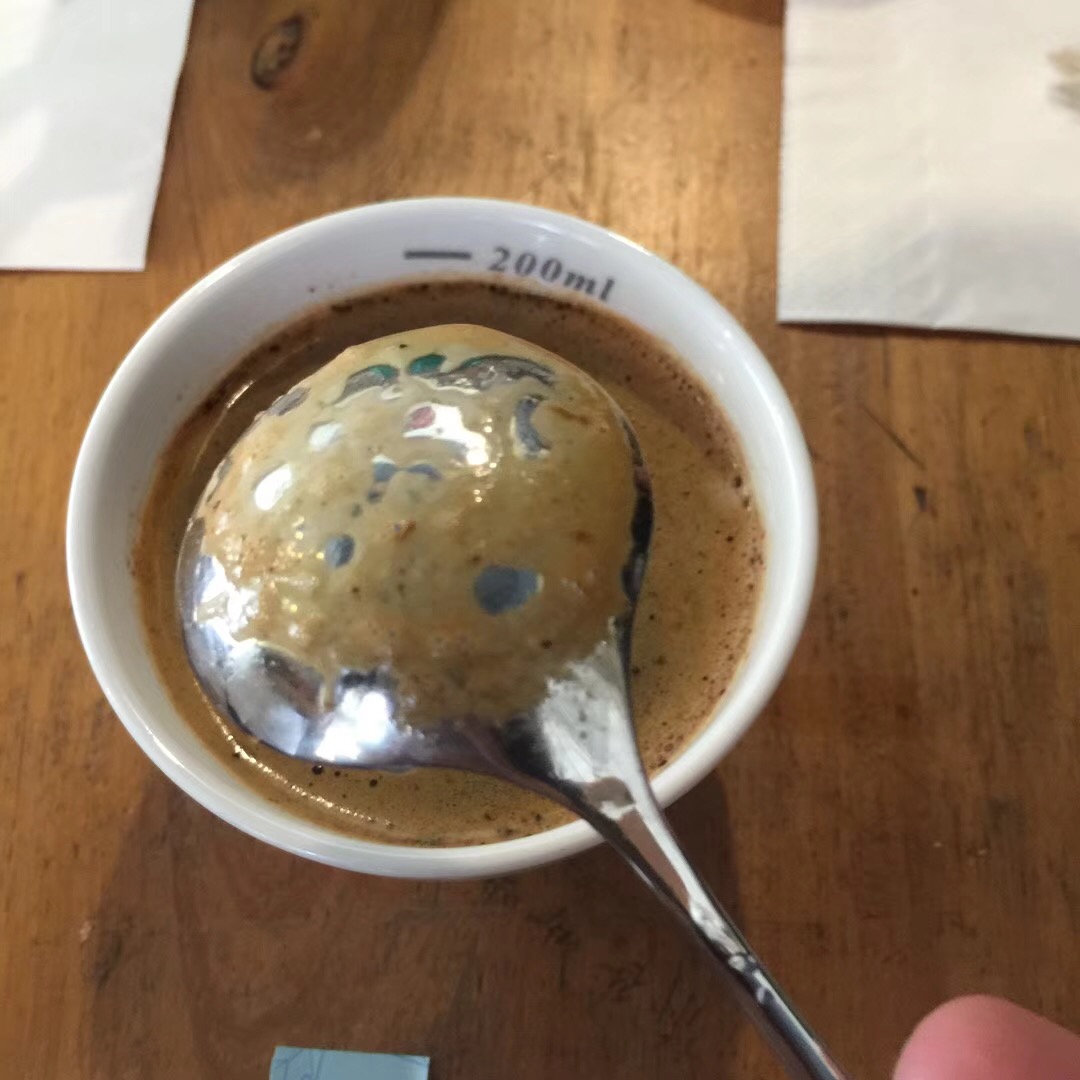
Step 4-tasting: remove the coffee scum with a cup spoon, suck the coffee entrance, feel it in the mouth and spit out the coffee liquid, record your feelings on the cup meter, score according to the requirements of the cup meter, gargle, rinse the cup and test the spoon, and then taste the next coffee.
How to score the Coe Cup meter?
The key points of the Coe Cup meter evaluation items and records. This description can provide you with a basic basis when conducting a cup test. At the same time, it can also assist you in testing a single evaluation item:
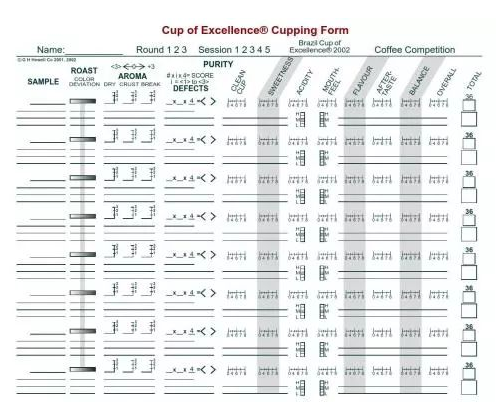
Aroma-at this time, the cup test has just begun the first evaluation item, and there are a total of three aroma evaluation stages. the first stage is the cup test at the beginning to smell the dry aroma of the dry powder in the cup, the second is the wet aroma on the surface after water injection, and the third aroma is the broken residue aroma. Aroma is an attractive element of coffee, coffee aroma from many sources, including flowers, berries, caramel, nutty, chocolate, spices and so on.
The aroma of the Coe Cup meter is only included in the reference and does not include the total score, but in the Flavor evaluation, the aroma is included in the score.
The first score item: cleanliness, Clean cup
Cleanliness is a very important and necessary condition for fine products, so cleanliness is the defective taste without defects and stains (complete freedom from taints or faults), coffee is rotten, earthy, iodine, fermented acid, rubber, onions, astringency and other bad taste and touch, all show that it is not clean enough.
The second score item: sweetness, Sweetness
Sweetness not only represents that coffee cherries are harvested in the best ripening period, without unripe beans, but also represents the excellent quality of coffee. Only by selecting freshly ripe coffee cherries to treat them into raw beans can we get better sweetness, and there are many kinds of sweetness, such as sugarcane sweetness, caramel sweetness and so on, which can be noted in comparison. If sweetness is astringent, sweetness stays in the mouth for a short time. The sweetness score will not exceed 6.
The third score item: acid quality, Acidity
Sour, good acidity is not like vinegar, even if it is bright and lively, you can detect many kinds of acidity, such as citrus, berries or sweet lemons, as well as the sweet and sour melons like cantaloupe or the crisp acidity of freshly ripe apples. The above acids are of high quality; bad acids are like unripe fruit or acetic acid, some bad acids are like overripe fruit or rotten fruit, and fermented acid or rotten acid can be detected.
The fourth score item: taste, Mouth feel
The tactile evaluation of the mouth is not to measure the taste, it belongs to the substances and tactile sensation, grease, viscosity, and quality sensation that the mouth feels, such as milk and water. The tactile sensation of the former is much higher, and the consistency and tactile sensation of thick soup and clear soup are much higher than the latter.
The fifth item is the important sipping: flavor, Flavor
-sipping flavors, including a variety of tastes and smells, even the aroma felt in the nasal cavity and the touch of the mouth belong to this category. When testing CoE cups, because 8 samples are often tested at a time, the AROMA item cannot be measured immediately, so at the beginning, the aroma is only marked by pleasure and displeasure, but when sipping air is used for this evaluation, cup testers can include the aroma they feel, including various flavors tested or drunk. It can be said that sipping flavor is a very important evaluation, and it is also a basis for testing the characteristics of coffee samples.
The sixth item: aftertaste, Aftertaste
After sipping, the taste or aroma or touch that still stays in the mouth, and the good flavor stays for a long time, such as sweetness, remains clearly in the mouth or even scattered after sipping and spitting coffee, then the score of this item will be high, on the contrary, there is no aftertaste, or very short, the score is low.
Seventh item: degree of balance, Balance
Refers to whether each evaluation of coffee is balanced, for example, although the acid is bright, it still turns sweet? The touch is sticky but not astringent?
Whether the various flavors of the coffee are harmonious, the score of this item will be high.
The eighth item: overall evaluation, Overall
Coffee is excellent on the whole and attracts you? Is it just so-so, or do you not like her at all?
This evaluation is the overall assessment of the tester, and can also reflect his personal preferences.
The total score after the cup evaluation, the meaning represented, and the standard represented by the individual score:
1) the CoE scale has eight items, the highest score of each item is 8 points, the lowest score is 0 points, and the weighted score is 36 points, so the total score is 100 points.
2) A score of 6 means that the project reaches the standard of CoE competition level and belongs to good quality (fine). If it is totally unacceptable, it will be given a score of 0 (unacceptable), if the quality is ordinary, it will be given a score of 4 (Poor), and if it is excellent or even perfect, it will be given a score of 8 (great).
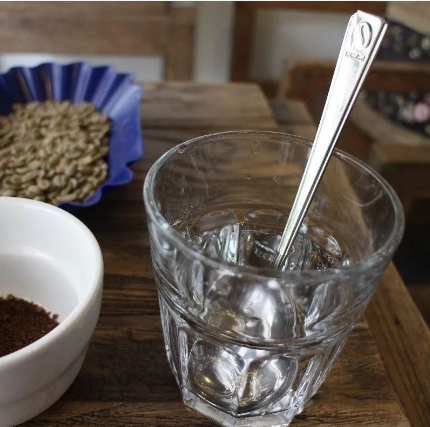
The standard discrimination of CoE?
The total score is 69 or less, which is a slightly worse commercial bean or industrial bean.
The total score is between 70 and 74, which belongs to general commercial beans.
The total score is between 75 and 79, and the better commercial beans are generally called high-grade commercial beans.
The total score is between 80 and 84, which belongs to fine coffee.
The total score is 85 or more, belonging to the CoE competition level, is also the excellent cup of winning coffee, is currently recognized as the highest standard in the international coffee industry.
SCA coffee cup test discrimination?
According to the SCA coffee cup test, there are ten points, of which the following two items are not available in coe:
Fragrance/Aroma aroma: the aroma consists of two parts, dry fragrance and wet fragrance. After grinding the beans, the first image and the first item to be scored is the dry fragrance, the aroma of coffee flowers, roasted hazelnuts and roasted almonds are all pleasant aromas. Water injection, the broken shell of the wet fragrance gives people more fantasy, honey, lemon, apricot fruit make people salivating.
Uniformity consistency: this score is relatively simple. Do 5 cups of samples have different tastes and which ones are defective?
The SCA coffee cup meter is marked from 6 points and is divided into four levels:
6 points as "good"
7 points as "very good"
8 points as "excellent"
9 points as "extraordinary".
In addition, each grade is divided into four grades, and the score unit is 0.25 points, so the four levels have a total of 16 points.
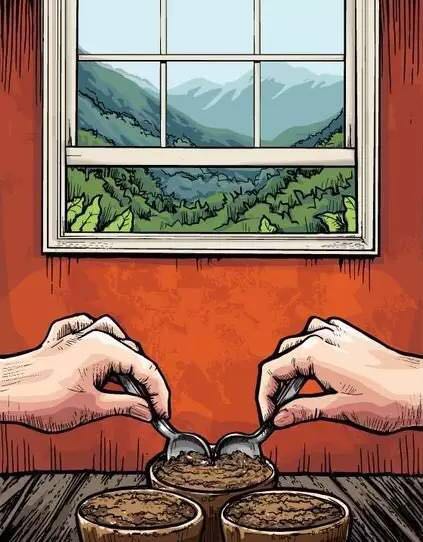
Coffee flavor vocabulary
Here are some of the most common coffee flavor words from the flavor wheel. Please use your senses and memory to feel them carefully to help you blurt out the coffee in front of you.
flower fragrance| Similar to jasmine, rose, daisy and other flowers
fruity| Fruit flavours similar to citrus, lemon, apple, blackberry etc.
caramel| The taste of candy and syrup
chocolate| A flavor or aroma similar to chocolate.
grassy smell| Reminds you of freshly mowed grass.
earthy|... the aroma of moist soil.
malty| similar to the aroma of freshly baked bread.
nutty| An aroma similar to fresh nuts.
Red wine.| An aroma or flavor similar to wine.
spice| similar to cloves, cinnamon, or other spices.
leather smell| Leather-like flavor, a blemish flavor
acrid| an unpleasant smell
dust smell| Reminiscent of ashtrays or fireplaces.
sack flavor| Coffee that has been stored too long, or coffee that has been moldy
salty taste| A slightly salty taste in coffee, caused by prolonged heating.
Important Notice :
前街咖啡 FrontStreet Coffee has moved to new addredd:
FrontStreet Coffee Address: 315,Donghua East Road,GuangZhou
Tel:020 38364473
- Prev

The wages of Starbucks workers are so low? Is it too hard to get promoted? The operating system of Starbucks has been revealed.
Professional coffee knowledge exchange more coffee bean information Please pay attention to the coffee workshop (Wechat official account cafe_style) winter vacation is coming. Recently, many private editors have asked some questions about working in Starbucks cafes. Zhihu has read some comments about Starbucks. Most of them say that Starbucks wages are too low to death. Statistically, baristas range from 2500 to 3000 a month, which is also
- Next
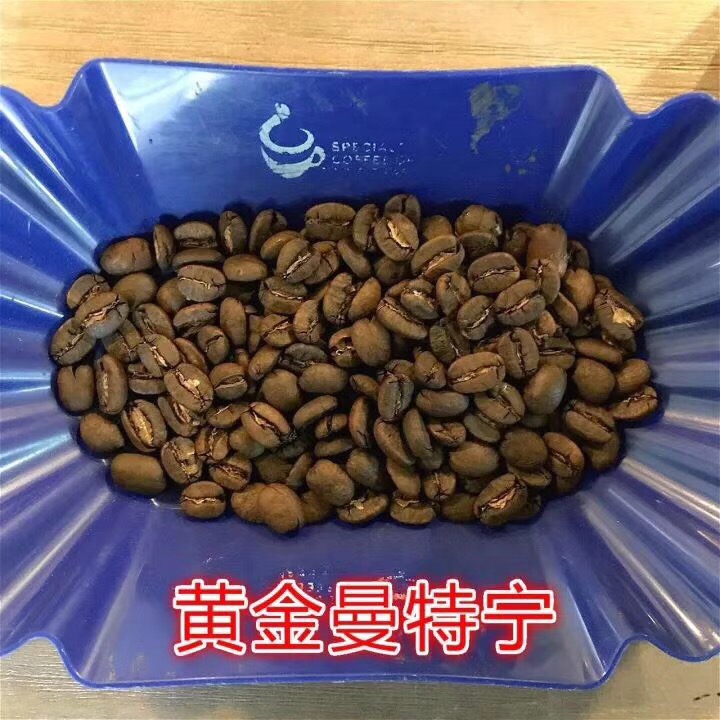
Daily brewing | hand-brewed coffee + deep-roasted golden manning in KONO+
Due to our relatively wide customer base, although there are more light roasted beans in the mainstream, small branch customers still appreciate medium and deep baked beans. There are many customers in the store who are fond of medium and deep roasted beans. Through communication, it doesn't matter the degree of baking or acidity. It's mainly because they feel right in their hearts, and usually they are happy to try different coffees.
Related
- How did the Salvadoran coffee industry develop in Central America?
- What exactly does the golden cup extraction of coffee mean?
- The Origin of Coffee flower
- [2023 Starbucks World Earth Day] there are more meaningful things besides free Starbucks coffee!
- What kind of coffee is there in Spain? 9 Flavors of Spanish Coffee
- Aromatic African coffee| Kenya's coffee culture and historical production area
- Liberica Coffee Bean knowledge: the characteristics of Liberian Coffee beans of the three original species of Coffee beans
- The origin and formula of Spanish latte introduces the taste characteristics of Bombon coffee in Valencia, Spain.
- How to adjust the solution of over-extracted coffee
- What is the tasting period of coffee beans? What is the period of coffee and beans? How should coffee wake up and raise beans?

